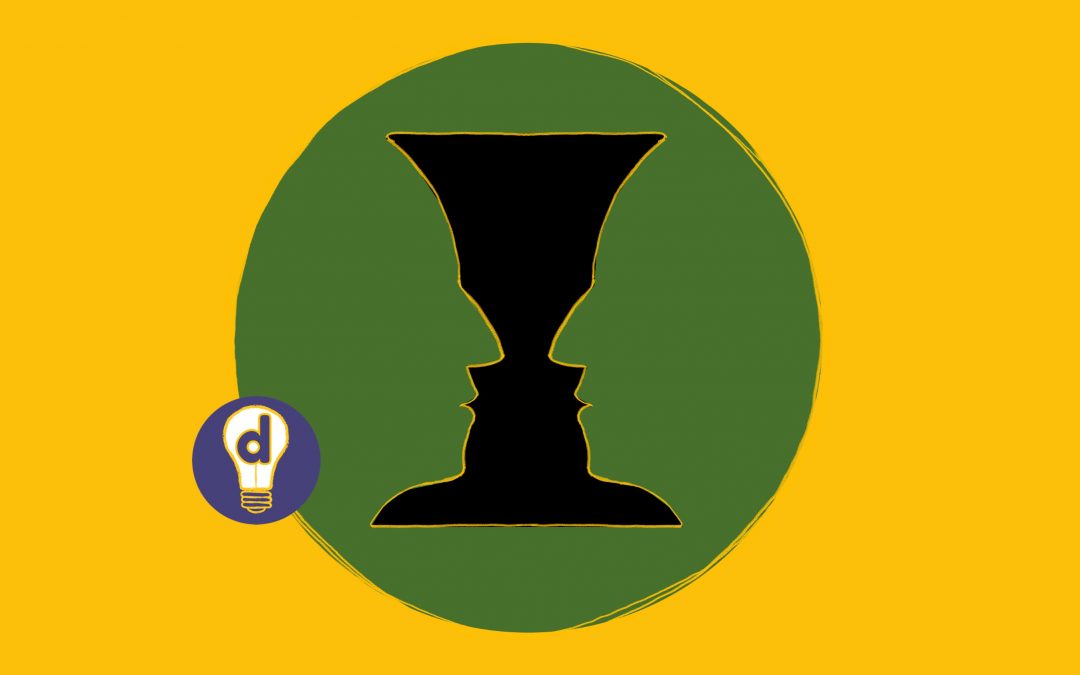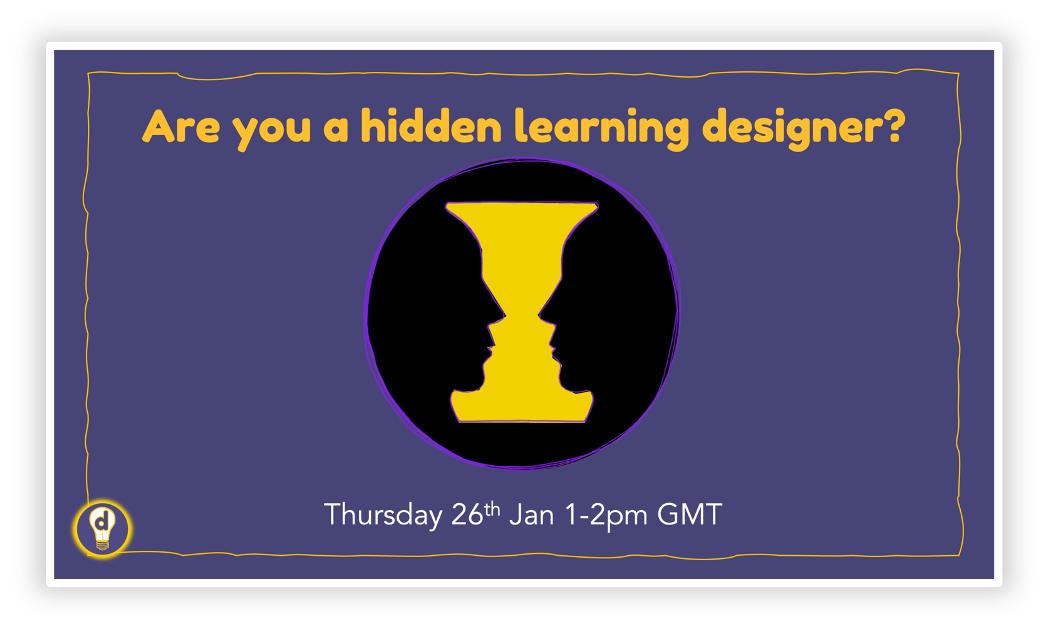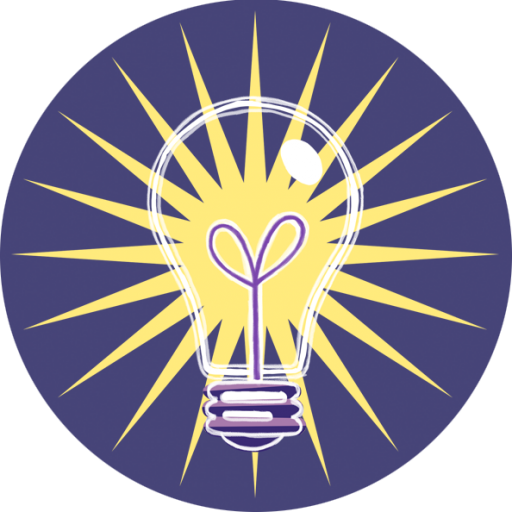Learning designers are everywhere, but they’re often hiding in plain sight.
Over the past 18 months, demand for learning designers has increased significantly. Companies have been hiring people who have experience of teaching and supporting learning because they can make great learning designers.
A recent search of LinkedIn Jobs indicated over 10,000 vacancies for learning designers in the UK and US alone. Learning designers can often work remotely too, removing the need to relocate.
But who can be a learning designer? And could you be one?
Where hidden learning designers work
When I was teaching in a university, I never considered myself to be a ‘learning designer’ – even though I was clearly doing learning design work. Similarly, I worked with staff in Student Support, Technical Services, the Library, Registry and Marketing who were all involved in designing learning experiences. Now I realise these people were all hidden learning designers – they had the knowledge, skills and experience to be effective learning designers but they never viewed themselves as a learning designer.
Often, these people were highly qualified learning professionals. They had teacher training qualifications, masters degrees and even PhDs. They worked with tutors to develop curriculum, and with students to create better assignments. They provided advice and guidance on all aspects of learning. And yet they would never have called themselves a learning designer.
More recently, I’ve met former teachers, lecturers and technologists who have all made the jump to learning design. None of these people trained to be learning designers, yet they all had the knowledge and skills required to design learning experiences.
What do you need to be a learning designer?
Learning designers need a toolbox of knowledge and skills that enables them to design and redesign learning experiences. Typically, these core tools are:
- Knowledge of pedagogy: If you’ve done a teaching qualification such as a PGCert or a HEA Fellowship, you have knowledge of pedagogy. Learning designers need a good grasp of theories such as constructive alignment and experiential learning, and the ability to think and work inclusively. Experience of assessing work is an advantage, but not always essential.
- Experience of working with students: the ability to empathise with the student experience is a core skill for learning designers. It doesn’t matter if you haven’t been directly involved in teaching or lecturing, the important thing is that you know about the common barriers to learning that students face.
- Skills in using learning technologies: I use ‘technology’ here in the broadest sense to mean things like Powerpoint, Google Slides, Adobe Photoshop etc. You don’t need to be an expert in visual design, the important thing is that you are relatively confident in creating learning assets and relatively confident in exploring technologies that might be unfamiliar to you.
Are you a hidden learning designer?
We hosted a lunchtime discussion to shed more light on the work of hidden learning designers. We wanted to find out whether participants viewed themselves as learning designers, and if not then why not.
If you’re involved in education, whether at school or university level, you could be a hidden learning designer. Have a look at the recording of the session and see if it helps clarify your thinking.
You might also like:
- This interview with Amy Whitehead from Red Stag Recruitment – Amy explains what recruiters look for when hiring for learning design roles.
Thank you to:
- Emily Clarkson for her awesome artwork!





This was a great session really well explained. I missed the live event but the video is really good!
I am rethinking my job description because the term ‘Learning Designer’ actually makes a huge amount of sense, and is what I do as a large part of my teaching practice. Thank you.
Thank you for your comment Sallyanne, and I’m glad you found the recording useful! It’s so true that academics in Higher Education do a great deal of learning design as part of their role, but it’s odd that ‘learning design’ is not a widely-used term in universities. This is what I find so fascinating about ‘hidden learning designers’ – they’re everywhere!